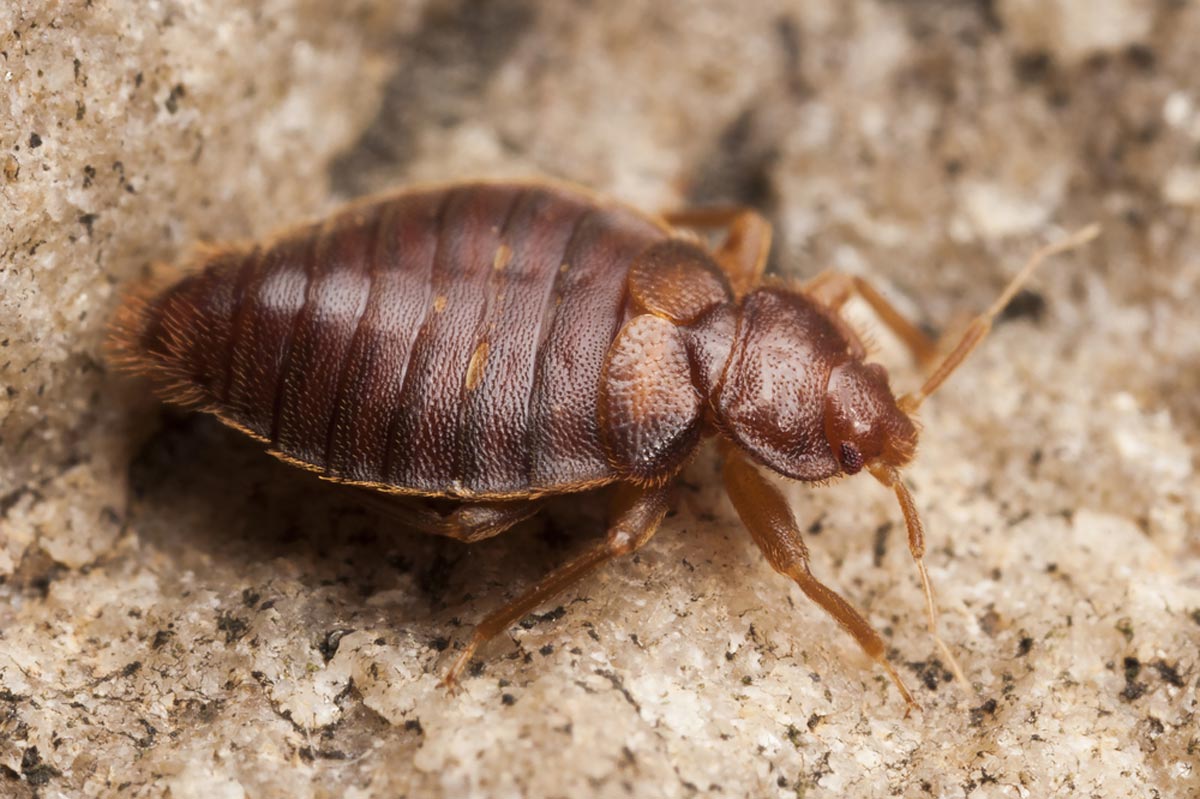Understanding Different Therapy Choices for Bed Bug Control
In the world of parasite management, bed bugs present a special obstacle that calls for a strategic and well-thought-out approach for effective control. As we navigate through the subtleties of these therapy alternatives, the key lies in selecting the most ideal approach that straightens with both efficiency and sustainability in bed pest control.

Chemical Treatments
Chemical therapies are an usual approach used in the expert control of bed pests. These therapies entail the application of insecticides to targeted areas where bed pests are existing. Experts typically utilize a mix of residual pesticides, which stay efficient for an extensive duration, and get in touch with insecticides, which act swiftly to eliminate bed insects upon direct get in touch with. The choice of insecticide and application technique may vary depending upon the seriousness of the invasion, the sort of atmosphere being treated, and any possible wellness problems for passengers.
When carrying out chemical therapies for bed insect control, it is vital to adhere to all security guidelines and guidelines to reduce risks to human beings, pet dogs, and the atmosphere. Professional parasite control operators are trained to select the most proper insecticides, use them successfully, and take required preventative measures to stop too much exposure. Furthermore, correct tracking and follow-up inspections are essential to analyze the effectiveness of the therapy and guarantee that all bed pests have been gotten rid of. When made use of judiciously and in conjunction with various other control methods., Chemical treatments can be an effective device in the extensive monitoring of bed bug invasions.
Heat Treatments

One of the primary benefits of warm therapies is that they do not include the usage of chemicals, making them a recommended alternative for those worried regarding chemical direct exposure. Furthermore, warm therapies can be completed in a reasonably short duration, typically in a single day, lessening interruption to the passengers of the cured room.
However, it is important to employ the services of trained professionals when going with heat therapies, as inappropriate usage of warmth can present fire dangers and damage property. Overall, heat therapies represent a secure, reliable, and eco-friendly strategy to combating bed insect invasions.
Natural Solutions
When looking for choice methods for bed insect control, all-natural remedies provide a chemical-free technique that can be effective in combating invasions. These oils can be thinned down and sprayed around bed frameworks, walls, and various other areas where bed insects could hide. While all-natural remedies can be efficient, it's important to note that they may require repetitive applications and thoroughness to attain effective bed pest control.
Integrated Parasite Administration
Thinking about the diverse approaches available for bed pest control, Integrated Parasite Management (IPM) stands out as an extensive strategy that combines various tactics to effectively resolve bug invasions. IPM concentrates on lasting prevention and management of parasites with a combination of strategies such as treatment, surveillance, and assessment.
One key aspect of IPM is the focus on accurate recognition of the bug species and their specific actions. By recognizing the biology and habits of bed bugs, parasite control professionals can develop targeted approaches to remove invasions. Furthermore, IPM advertises the use of non-chemical control techniques, such as securing cracks and gaps, vacuuming, heat therapies, and making use of mattress encasements.
In addition, IPM advocates for the cautious application of chemicals as a last hotel, prioritizing the use of low-toxicity items and incorporated approaches. Routine tracking and follow-up inspections are vital components of IPM to guarantee the performance of the therapy and avoid reinfestations. On The Whole, Integrated Pest Management provides a lasting and holistic method to bed insect control, advertising eco liable techniques while effectively managing pest this hyperlink populations.
Professional Extermination Services

Specialist pest control experts make use of a range of methods to deal with bed pest problems, including the application of pesticides, warm therapies, vacuuming, and heavy steam therapies. They are furnished with the needed devices and devices to reach covert areas where bed insects may reside, such as cracks, crevices, and wall surface gaps.
Moreover, specialist elimination solutions usually entail several check outs to guarantee that all bed insects and their eggs are completely eliminated - bed bug service chicago. This detailed technique assists avoid reinfestations and ensures lasting control of bed insects in the cured location
Additionally, pest control specialists can give useful assistance on preparing the plagued area prior to therapy read the full info here and offer referrals for protecting against future bed pest problems. Generally, expert elimination solutions supply a extensive and reliable solution for dealing with bed pest infestations.
Verdict
In verdict, different treatment alternatives for bed insect control consist of chemical therapies, heat treatments, natural remedies, integrated pest administration, and specialist elimination services. Each option has its own advantages and restrictions, so it is essential to very carefully take into consideration the specific conditions of the problem prior to picking a therapy technique. Effective bed pest control calls for a comprehensive strategy that might involve a combination of these treatment alternatives to efficiently eliminate the invasion.
Chemical treatments can be an effective tool in the extensive administration of bed check my site pest invasions when used carefully and in conjunction with various other control techniques.
Utilized in professional bed pest control, warm therapies provide a non-chemical service for eliminating bed pest invasions properly. These oils can be diluted and splashed around bed frames, walls, and various other locations where bed bugs could hide.In final thought, different therapy choices for bed pest control include chemical therapies, warm therapies, natural treatments, incorporated pest administration, and specialist extermination solutions. Effective bed pest control calls for a detailed strategy that may include a mix of these therapy alternatives to successfully remove the problem.